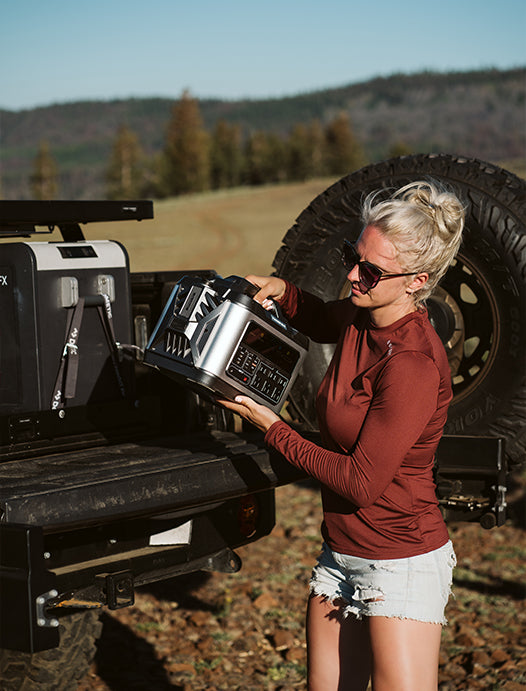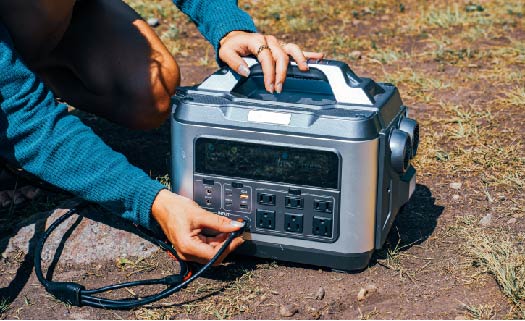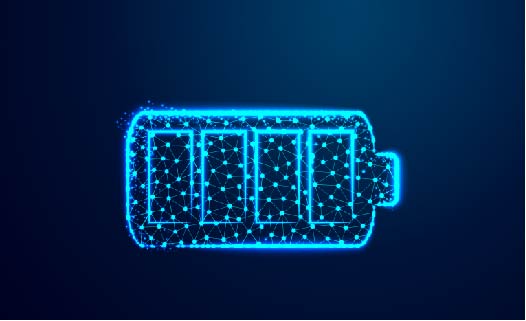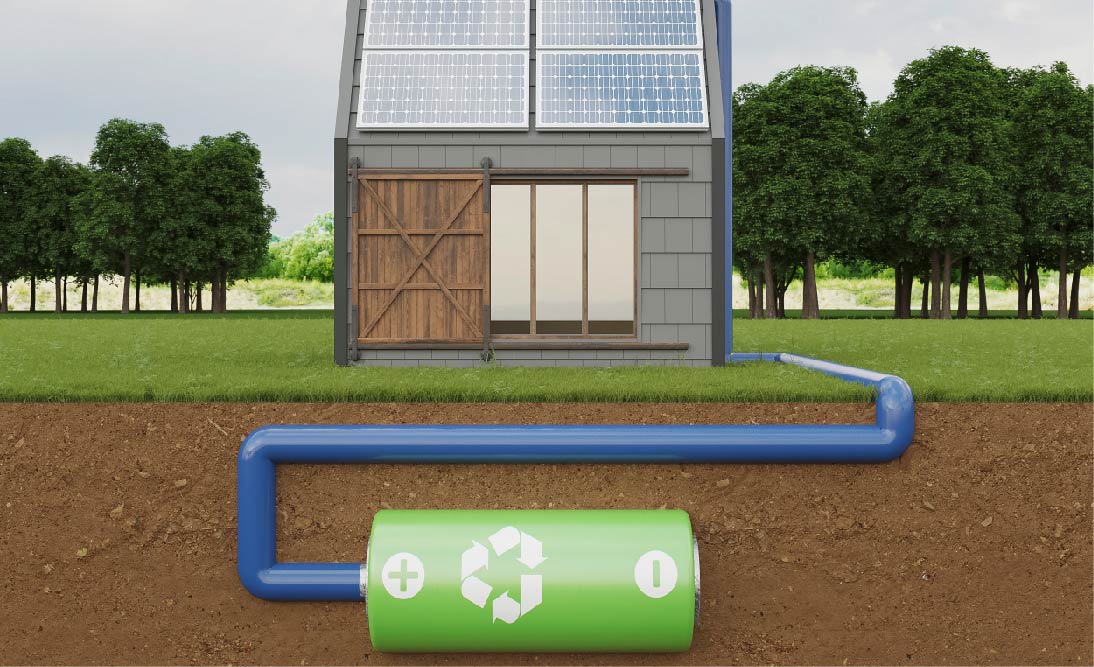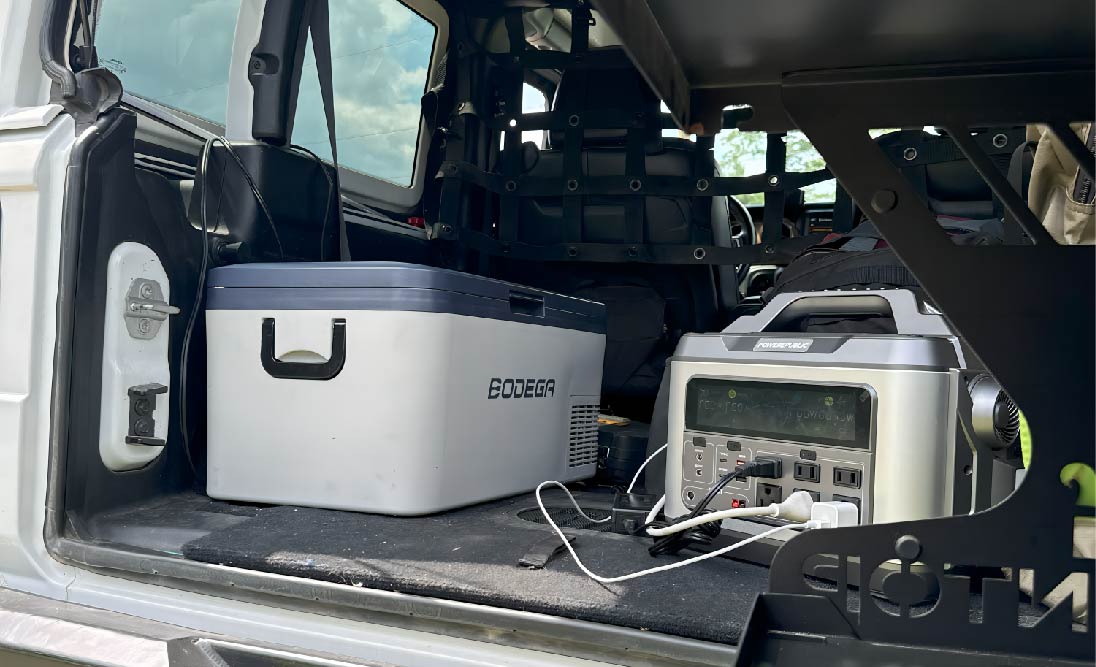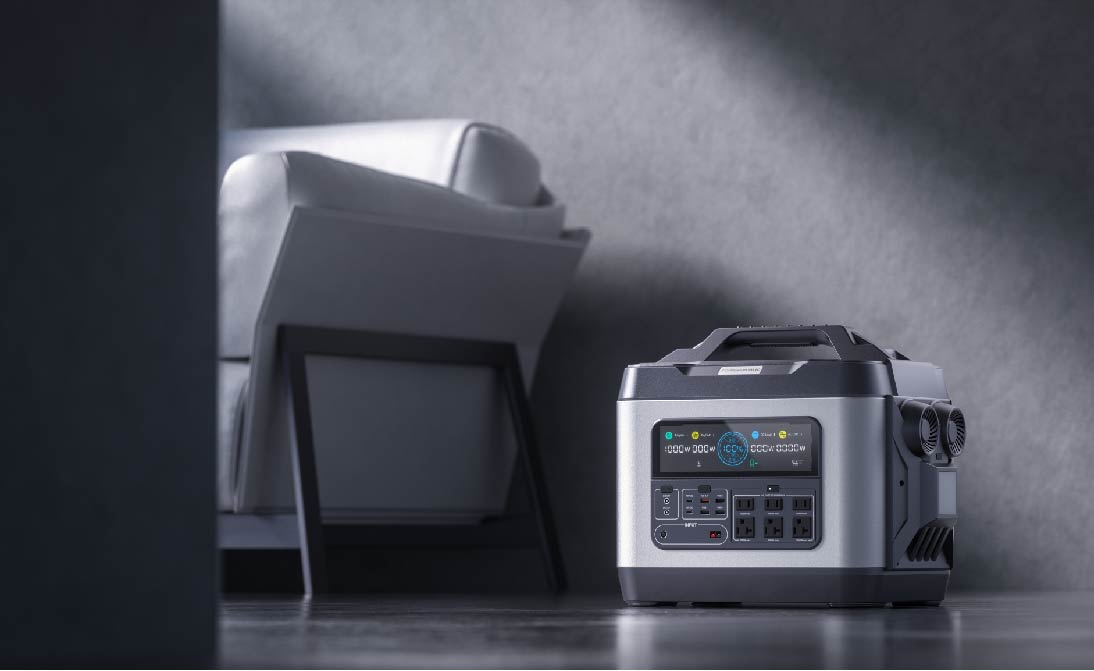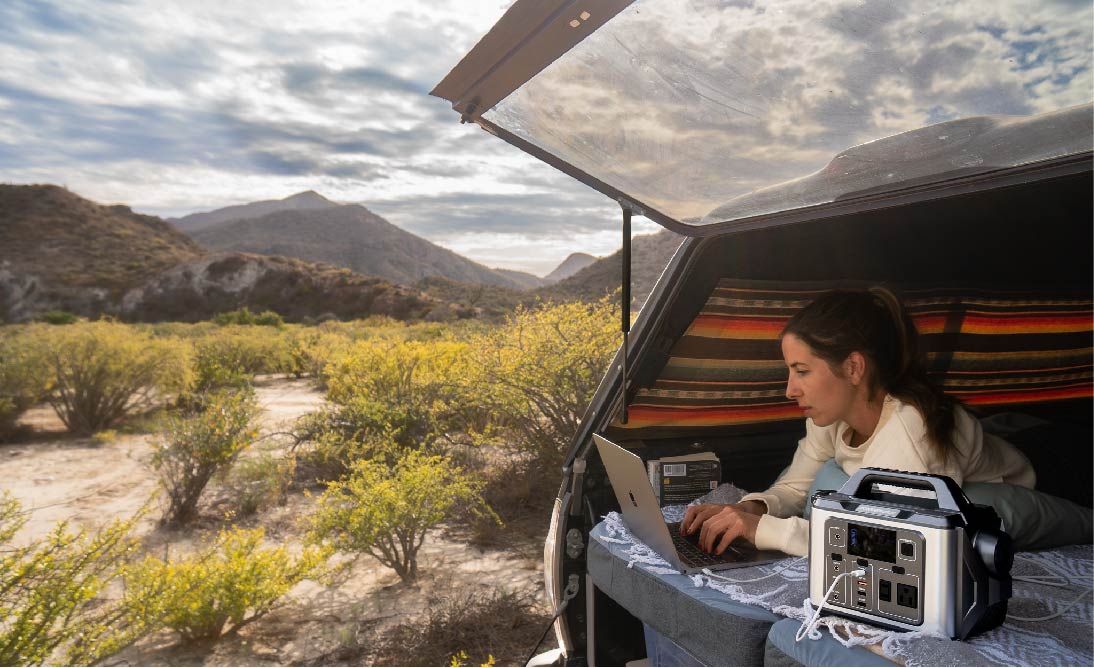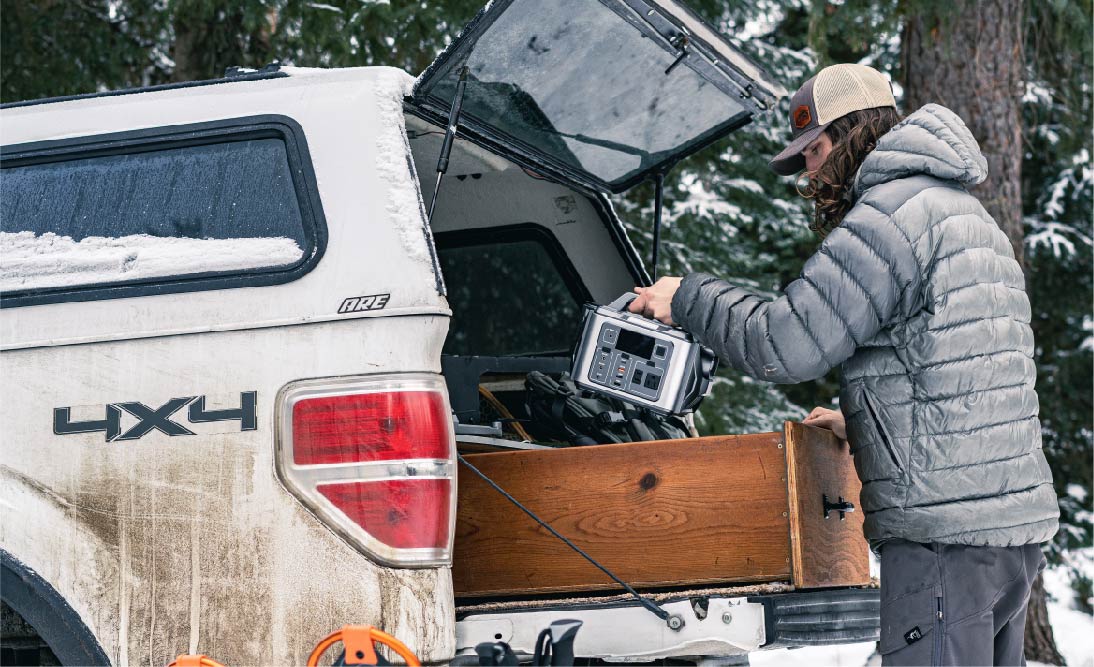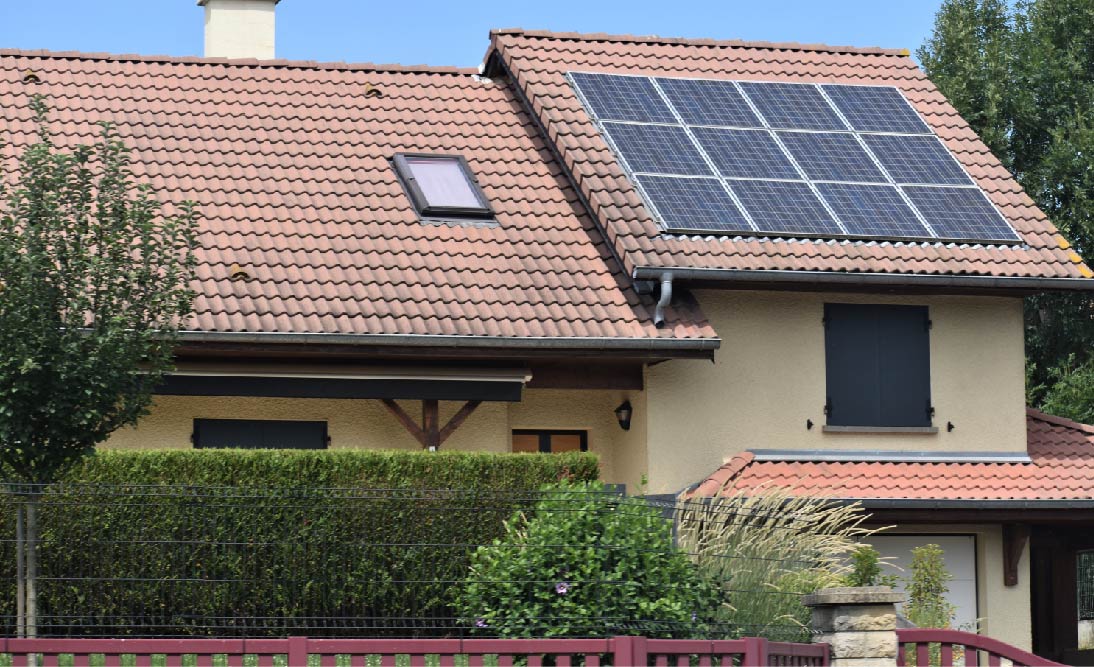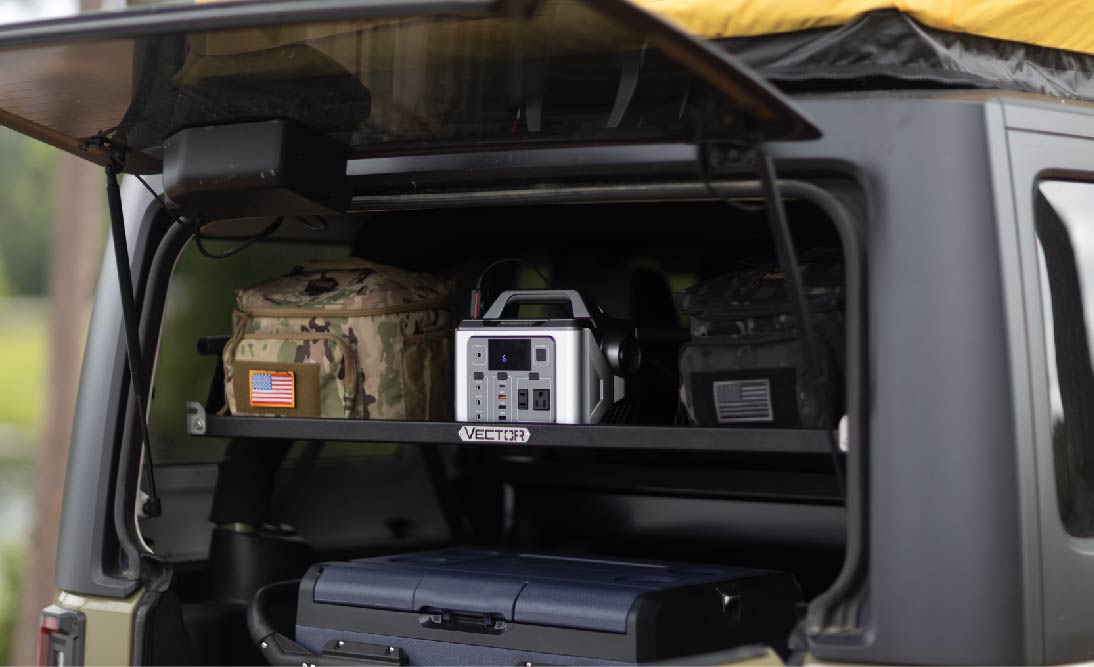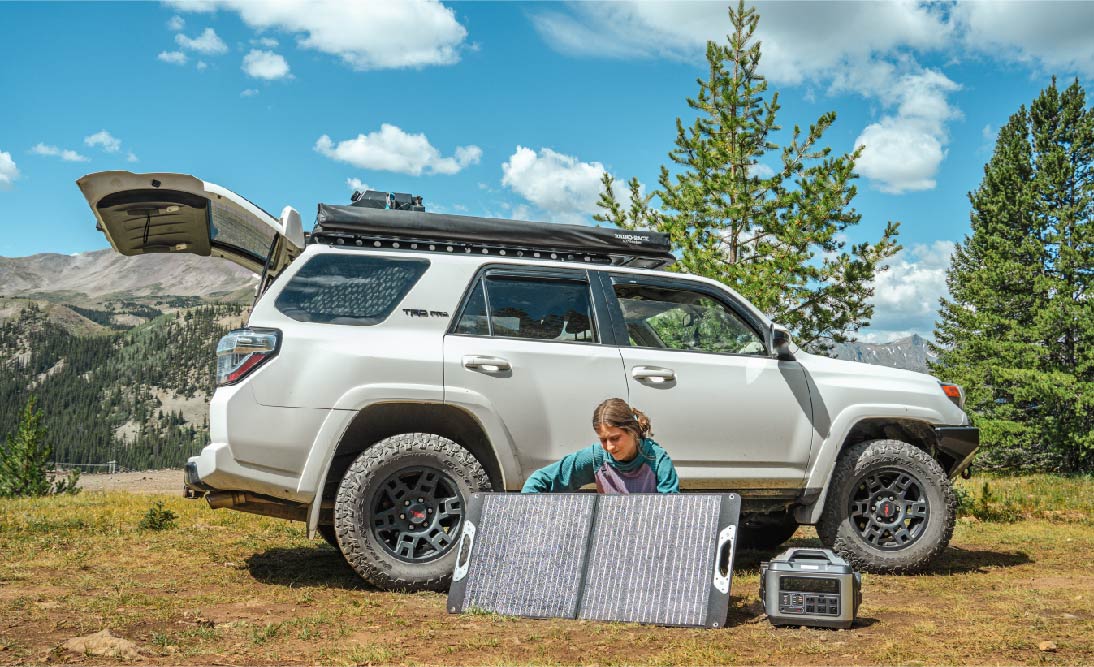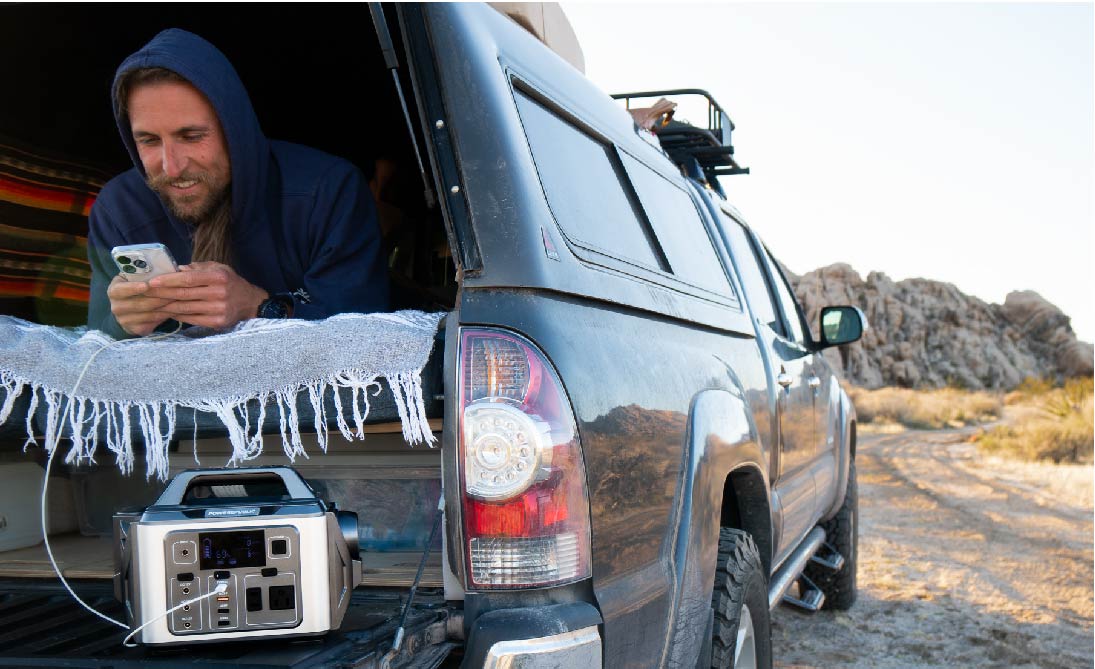When you're gearing up for a camping adventure and considering a solar generator, the market offers a plethora of options, each with varying wattage and watt-hour ratings. But how do you make the right choice? While solar generators may share similarities in appearance and size, their true differences and performance capabilities might not be so clear.
In this article, we'll delve into the world of a 1000-watt solar generator to unravel its functionality and help you make an informed decision.
Difference Between Watt, Watt Hour, And Amp Hour
When visiting the official websites of portable power stations., you will see that all our products are listed with both their power rating and capacity.
So let’s take a look at the differences between them.
Watt
A watt (W) measures a portable power station's power output or capacity. It tells you how much electrical power the unit can provide to operate various devices and appliances. The wattage rating is vital for determining the types of electronics or appliances the portable power station can handle and how long it can power them before needing a recharge. Portable power stations typically have wattage ratings that vary from a few hundred to several thousand watts, depending on their size and capacity.
Watt Hour
A watt-hour (Wh) quantifies a portable power station's energy capacity. It represents the total electrical energy the unit can store and deliver over time. Watt-hours are crucial for understanding how long a portable power station can sustain specific devices or appliances before requiring a recharge.
For example, if a portable power station has an 800-watt-hour capacity, it can theoretically power a 100-watt device for 5 hours (800 Wh / 100 W = 5 hours) before depleting its battery. Watt-hour ratings help users estimate the runtime and suitability of a portable power station for their energy needs.
Amp Hour
An amp-hour (Ah) measures the charge capacity of a portable power station's battery. It indicates the total electrical charge the unit's battery can hold. Amp-hours are commonly used to describe battery capacity, including those used in portable power stations.
For instance, if a portable power station has a 50 amp-hour (50 Ah) battery, it means the battery can deliver a continuous current of 1 ampere for 50 hours, 2 amperes for 25 hours, or any combination totaling 50 ampere-hours. Amp-hour ratings are essential for understanding the storage capacity of the portable power station's battery. They help users estimate how long the power station can provide power at a specific rate before requiring a recharge or running out. Knowing them will help you have a better idea of a 1000-watt solar generator.
The Importance To Distinguish Them
When you're in the market for a 1000-watt solar generator to meet your energy needs, it's crucial to understand a couple of essential terms: Watts and Watt Hours. These terms will guide you in choosing the perfect solar generator for your requirements without getting confused.
Let's start with Watts. Think of Watts as the capacity of your solar generator to provide power at any given moment. For instance, our T1200 solar generator is equipped with a pure sine wave inverter rated at 1200 watts. This means it can comfortably support appliances that consume power in the range of 0 to 1200 watts. However, if the power requirement of your appliances exceeds 1200 watts, the T1200 solar generator won't be able to handle them. In such cases, you might need to consider our T2200 solar generator or another suitable option.
Now, let's discuss Watt Hours (Wh). Watt Hours indicate the energy storage capacity of the generator's battery. In simpler terms, the higher the Wh, the longer your generator can power an appliance, as long as it falls within the wattage limit of your specific generator model. This is a crucial factor to consider because it determines how long you can keep your devices running before the generator needs recharging.
To summarize, if your appliance's power requirements are within the 0 to 1200-watt range, the T1200 solar generator is a suitable choice. However, if your devices demand more power, such as 2200 watts, you should opt for the T2200 or a generator with a higher wattage rating. Additionally, for longer power durations, aim for a solar generator with a higher Watt Hours (Wh) capacity, ensuring your appliances stay powered for extended periods without interruption. It's all about matching your specific energy needs with the right solar generator!
POWEREPUBLIC T1200 Solar Generator Kit And Its Functionality

We will need to know the rated power of the appliances to know what appliances can be powered. To know how long the appliance can be powered, we will need to know the energy capacity of the built-in battery, and use the formula below to calculate the time:
Running Time(h)=Watt Hours of the Solar Generator(Wh) *0.85/ Power of the appliances(W)
(We have written an article about why we have to multiply by 0.85, CLICK to learn more.)
The table below shows the functionality of the POWEREPUBLIC T1200 Solar Generator Kit:
|
Model |
LCD TV (100W) |
Mini-Fridge (150W) |
Heavy-Duty Appliances (1000W) |
Microwave (1000W) |
Vacuum (1000W) |
AC (1500W) |
|
300W |
Y |
Y |
|
|
|
|
|
1200W |
Y |
Y |
Y |
Y |
|
|
|
2200W |
Y |
Y |
Y |
Y |
Y |
Y |
|
3000W |
Y |
Y |
Y |
Y |
Y |
Y |
Specs Of POWEREPUBLIC T1200 Solar Generator Kit

Our T1200 solar generator is designed for outdoor enthusiasts. With 1200W/1110Wh, it can power appliances like cameras, cell phones, blenders, mini-fridges, and so forth.
Tech Specs:
-
1200W, Surge 2,600W
-
1,110Wh Capacity
-
Lithium Battery with 800+ Life Cycles
-
12 Output Ports
-
3 Recharging Options (AC/Solar/Car)
Conclusion
We hope you find this article informative and after reading it, you'll have a better understanding of what a 1000-watt solar generator can power. In the future, you will be better equipped to choose the most suitable power station for your needs. It is very important to know your actual usage before purchasing one. Usually, the larger the unit, the higher the battery capacity.
Learn more about POWEREPUBLIC T306.
Learn more about POWEREPUBLIC T2200.
Learn more about POWEREPUBLIC T3000.
